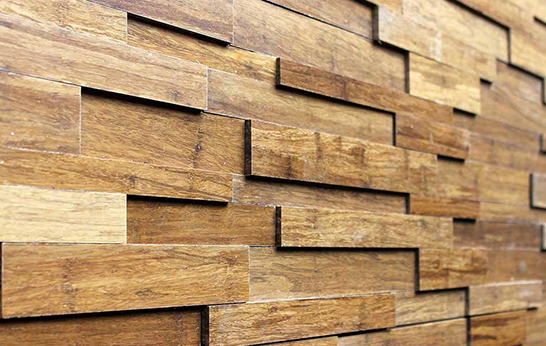
Coverings that Care: Green Trend
Recyclable and renewable materials such as coconut and wood fibers, cardboard and cork are used to make eco-friendly and temptingly tactile screens, wall coverings and room partitions.
Bamboo – an eco-friendly, highly renewable material – is used to make Dutch manufacturer Barroco‘s bamboo wall cladding collection. Available in two colors, the undualting composition brings 3D texture to walls.
Portuguese manufacturer Granorte have introduced a line of 3D modular cork tiles that can be arranged in various different ways to create unique three-dimensional patterns.
Ecoben Wave by Bencore is a composite honeycomb pattern panel made from 100% recycled cardboard and corrugated plans, laminated on both sides with co-polyester or acrylic resin, in clear or satin finish. The panels can be used for dividing walls, doors, tables, shelves
Made from coconut shells – a discarded product of the coconut milk and pulp industry – these mosaic tiles by Dutch company Iboma create a richly textured and warm cladding that's eco-friendly and 100% natural. Only water-based, low emission glues, lacquers and paints are used in manufacturing and the tiles are easy and quick to install, water repellent and easy to clean.
The Hexagon acoustic wall tiles by Swedish designers Form Us With Love for Baux are made of wood and cement – the most common waste building materials. The wood fibres create a heat-insulating, heat-retaining and sound-absorbing surface, while the cement provides moisture resistance and fire protection.Coverings that care
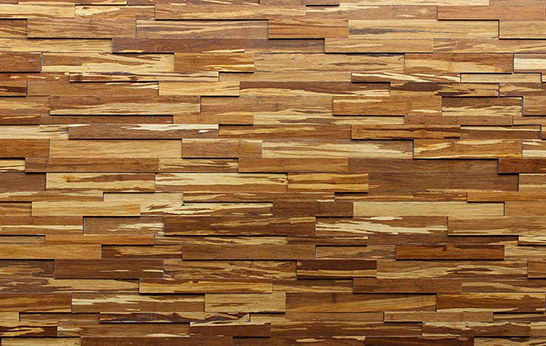
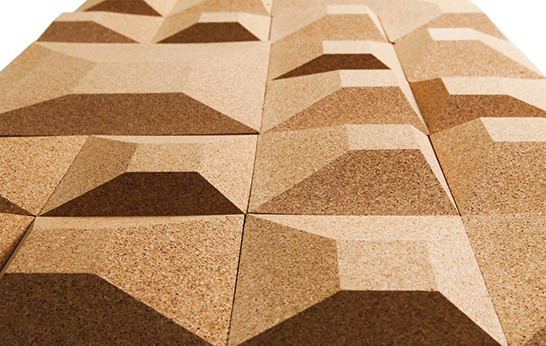
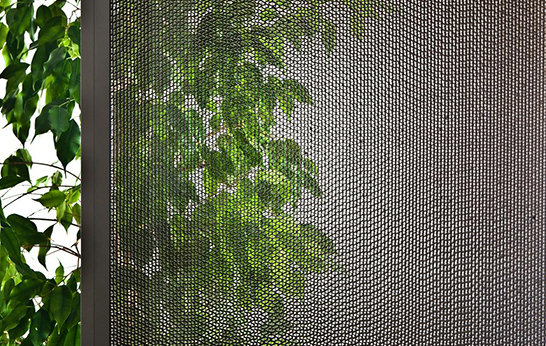
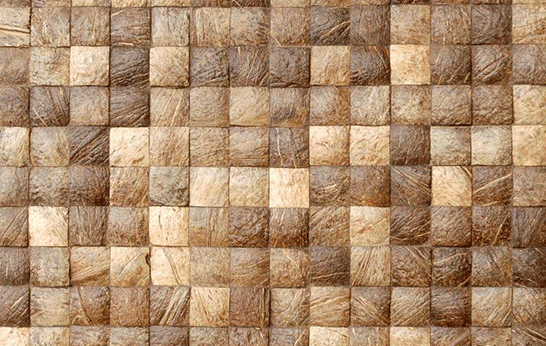
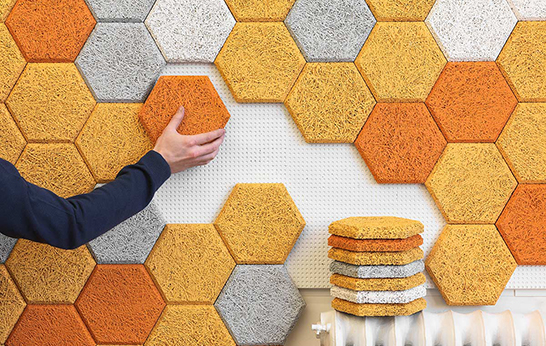
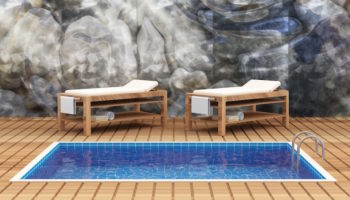
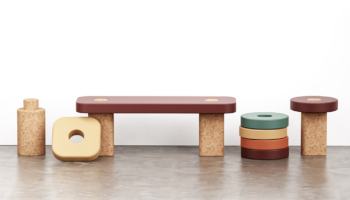


Leave a Reply